Psoriasis feet and hands. Palmoplantar Psoriasis: Causes, Symptoms, and Effective Treatments for Hands and Feet
What are the main symptoms of palmoplantar psoriasis. How does this condition affect the hands and feet. What are the most effective treatment options for managing palmoplantar psoriasis. Who is most at risk for developing this form of psoriasis.
Understanding Palmoplantar Psoriasis: A Comprehensive Overview
Palmoplantar psoriasis is a specific form of psoriasis that primarily affects the palms of the hands and soles of the feet. This chronic inflammatory skin condition can significantly impact a person’s quality of life, making everyday activities challenging. It’s characterized by well-defined areas of thickened, discolored skin that can crack, bleed, and cause considerable pain.
Affecting 3-4% of individuals with psoriasis, palmoplantar psoriasis can occur at any age. It’s a subtype of both plaque psoriasis and pustular psoriasis, depending on its manifestation. While it predominantly affects the hands and feet, it can sometimes appear on other parts of the body as well.
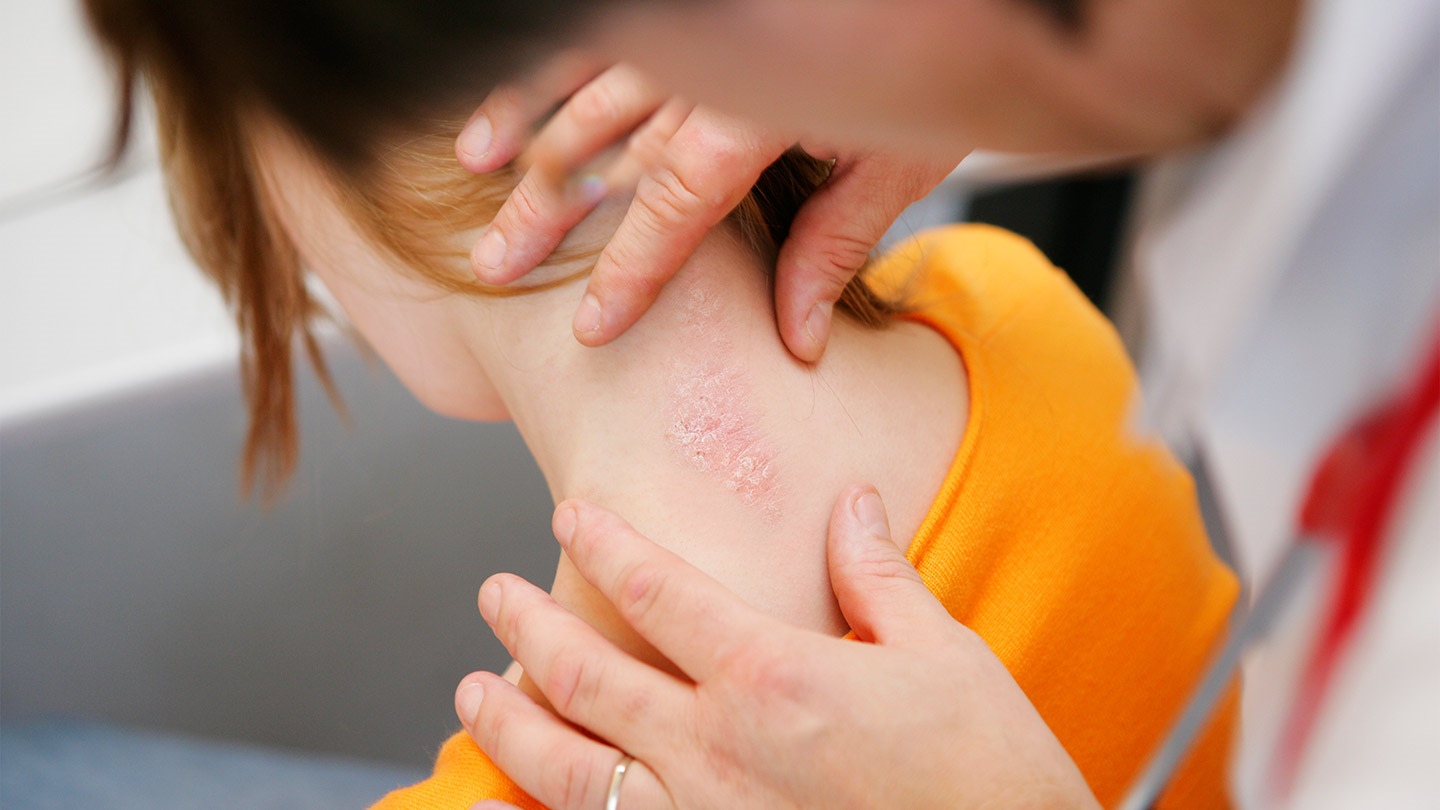
Recognizing the Symptoms of Palmoplantar Psoriasis
Identifying palmoplantar psoriasis early is crucial for effective management. The symptoms can vary in severity and may include:
- Raised, thickened skin with distinct borders
- Scaling and flaking of affected areas
- Intense itching and burning sensations
- Pain, especially when walking or using hands
- Cracking and bleeding of the skin
- Small pustules in some cases
- Changes in nail appearance, such as pitting or thickening
These symptoms often appear symmetrically, affecting both hands or both feet similarly. The condition can cycle through periods of remission and flare-ups, with certain triggers exacerbating symptoms.
How does palmoplantar psoriasis differ on skin of color?
On darker skin tones, palmoplantar psoriasis may present differently. Instead of the typical pink or red appearance, plaques may look thicker and more silver. Some plaques might appear purple, and affected areas may experience hyperpigmentation or hypopigmentation. While the condition is more common in white populations, among People of Color, it tends to impact people of Indian descent more frequently.
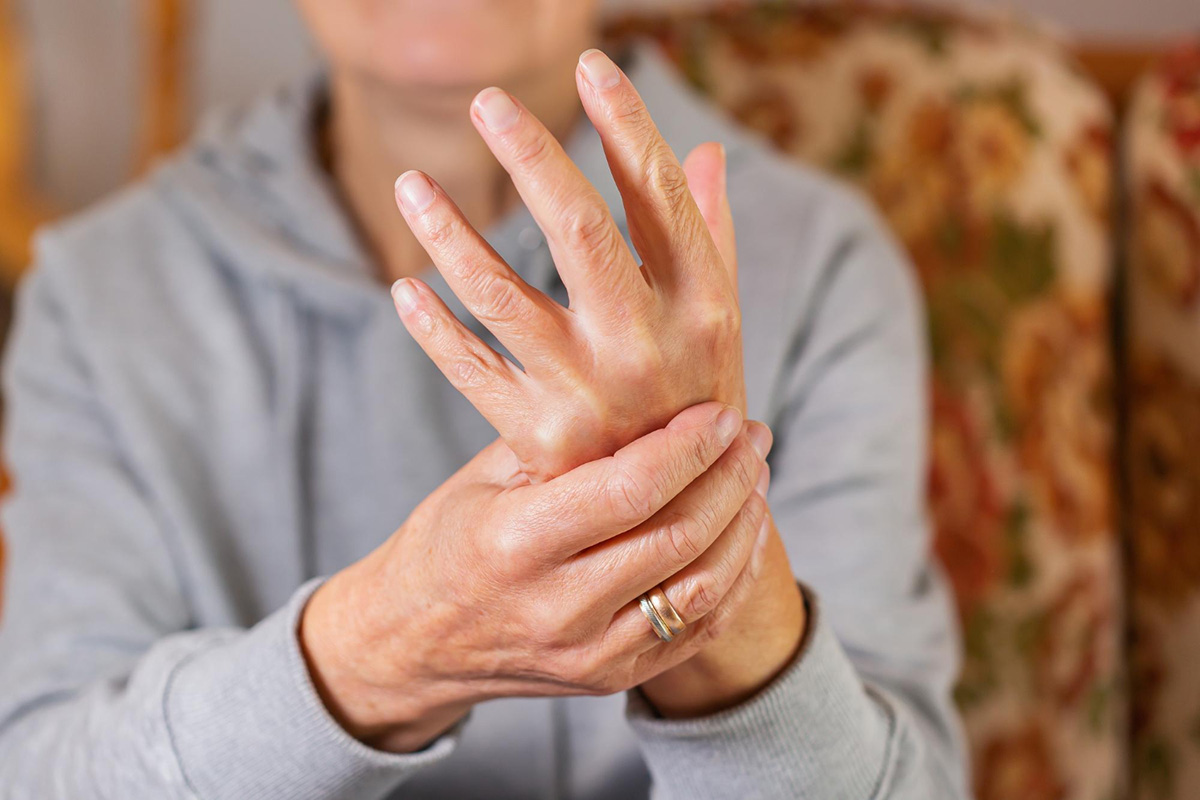
The Root Causes of Palmoplantar Psoriasis
Like other forms of psoriasis, palmoplantar psoriasis is an autoimmune condition. The exact cause remains unknown, but researchers believe it results from a combination of genetic predisposition and environmental factors. In this condition, the immune system malfunctions, causing skin cells to develop too rapidly, leading to the characteristic plaques on the hands and feet.
Some studies suggest that problems with certain sweat glands might play a role in the development of palmoplantar psoriasis. However, more research is needed to fully understand the underlying mechanisms of this condition.
Is palmoplantar psoriasis contagious?
No, palmoplantar psoriasis is not contagious. As an autoimmune condition, it cannot be transmitted from person to person through physical contact or any other means. This is an important fact to understand, as it can help reduce stigma and misunderstandings about the condition.
Risk Factors and Triggers for Palmoplantar Psoriasis
While anyone can develop palmoplantar psoriasis, certain factors may increase the risk:

- Family history of psoriasis
- Stress
- Smoking
- Obesity
- Certain medications
- Skin injuries or infections
Triggers that can cause flare-ups or worsen symptoms include:
- Cold, dry weather
- Excessive hand washing or exposure to irritants
- Hormonal changes
- Certain foods or alcohol consumption
- Stress or emotional upheaval
Identifying and managing these triggers can play a crucial role in controlling the condition and reducing the frequency of flare-ups.
Diagnosis and Evaluation of Palmoplantar Psoriasis
Diagnosing palmoplantar psoriasis typically involves a thorough physical examination by a dermatologist. The characteristic appearance of the plaques on the palms and soles often provides sufficient evidence for a diagnosis. However, in some cases, a skin biopsy may be necessary to confirm the condition and rule out other skin disorders with similar presentations.
How is the severity of palmoplantar psoriasis assessed?
Dermatologists use various tools to evaluate the severity of palmoplantar psoriasis, including:

- Palmoplantar Psoriasis Area and Severity Index (PPPASI)
- Physician’s Global Assessment (PGA)
- Patient-reported outcome measures
These assessments help determine the most appropriate treatment approach and monitor the condition’s progression over time.
Effective Treatment Options for Palmoplantar Psoriasis
Managing palmoplantar psoriasis often requires a multi-faceted approach. Treatment aims to reduce inflammation, slow skin cell growth, and alleviate symptoms. Options include:
Topical Treatments
- Corticosteroids: Reduce inflammation and itching
- Vitamin D analogues: Slow skin cell growth
- Retinoids: Help normalize skin cell production
- Salicylic acid: Aids in removing scales
- Moisturizers: Keep skin hydrated and reduce cracking
Systemic Medications
For more severe cases, oral or injectable medications may be prescribed:
- Methotrexate: Suppresses the immune system
- Cyclosporine: Reduces inflammation
- Biologics: Target specific parts of the immune system
- Oral retinoids: Help regulate skin cell production
Light Therapy
Phototherapy, particularly narrowband UVB or PUVA (psoralen plus ultraviolet A), can be effective in treating palmoplantar psoriasis. This treatment involves exposing the affected skin to controlled amounts of ultraviolet light.

Emerging Treatments
Research into new treatments for palmoplantar psoriasis is ongoing. Some promising areas include:
- JAK inhibitors
- IL-17 inhibitors
- PDE4 inhibitors
These newer therapies target specific pathways in the immune system and may offer more targeted relief for patients with palmoplantar psoriasis.
Living with Palmoplantar Psoriasis: Coping Strategies and Lifestyle Adjustments
Palmoplantar psoriasis can significantly impact daily life, making simple tasks challenging. However, there are several strategies that can help manage the condition:
- Regular moisturizing to keep skin hydrated
- Wearing comfortable, breathable shoes and gloves
- Using gentle, fragrance-free soaps and detergents
- Avoiding hot water and harsh chemicals
- Managing stress through relaxation techniques or therapy
- Maintaining a healthy diet and exercise routine
- Joining support groups to connect with others who have the condition
Can dietary changes help manage palmoplantar psoriasis?
While there’s no specific diet proven to cure palmoplantar psoriasis, some dietary changes may help reduce inflammation and manage symptoms:
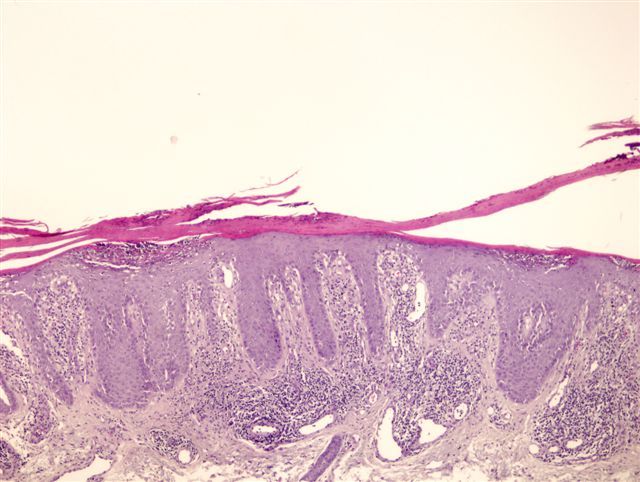
- Increasing intake of omega-3 fatty acids (found in fish, flaxseed, and walnuts)
- Consuming more fruits and vegetables rich in antioxidants
- Reducing intake of processed foods, sugar, and alcohol
- Identifying and avoiding personal food triggers
It’s important to consult with a healthcare provider or registered dietitian before making significant dietary changes.
The Psychological Impact of Palmoplantar Psoriasis
Living with palmoplantar psoriasis can take a toll on mental health. The visible nature of the condition, combined with physical discomfort and limitations in daily activities, can lead to:
- Anxiety and depression
- Low self-esteem
- Social isolation
- Workplace challenges
It’s crucial for individuals with palmoplantar psoriasis to address these psychological aspects alongside physical symptoms. Mental health support, whether through therapy, support groups, or mindfulness practices, can be beneficial in managing the emotional impact of the condition.
How can employers support employees with palmoplantar psoriasis?
Employers can play a crucial role in supporting employees with palmoplantar psoriasis:
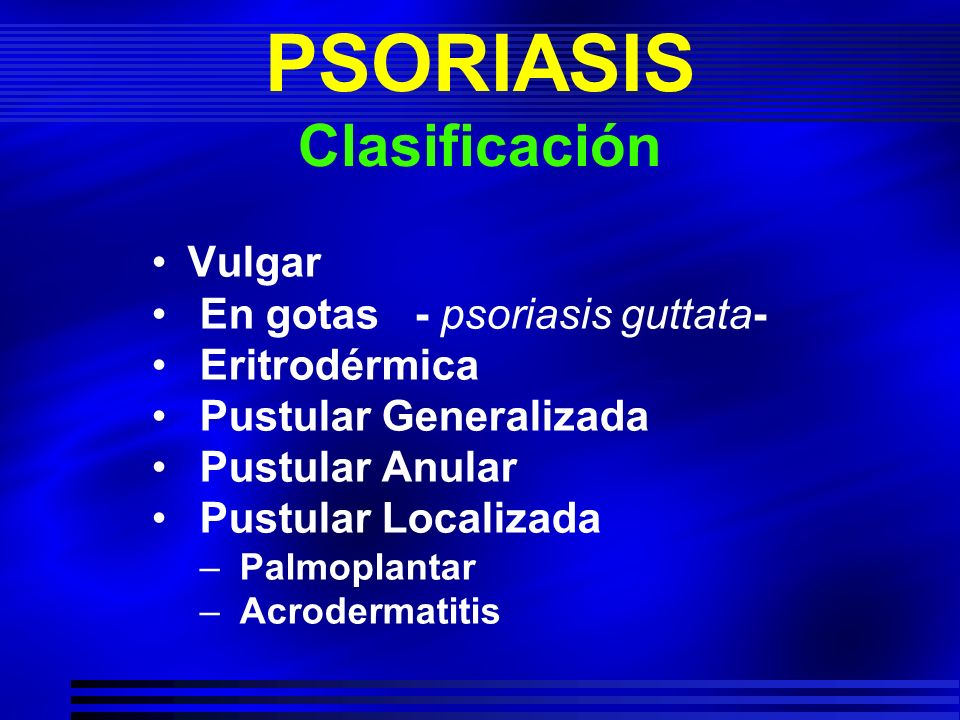
- Providing ergonomic accommodations
- Allowing flexible work arrangements when needed
- Educating staff about the condition to reduce stigma
- Ensuring a supportive and understanding work environment
These measures can help employees manage their condition while maintaining productivity and job satisfaction.
Research and Future Directions in Palmoplantar Psoriasis Treatment
The field of palmoplantar psoriasis research is dynamic, with ongoing studies aimed at improving understanding and treatment of the condition. Some areas of focus include:
- Genetic factors influencing susceptibility and treatment response
- Role of the microbiome in palmoplantar psoriasis
- Development of more targeted biologics and small molecule inhibitors
- Exploration of combination therapies for enhanced efficacy
- Investigation of potential environmental triggers
These research efforts hold promise for more personalized and effective treatments in the future, potentially improving outcomes for individuals living with palmoplantar psoriasis.
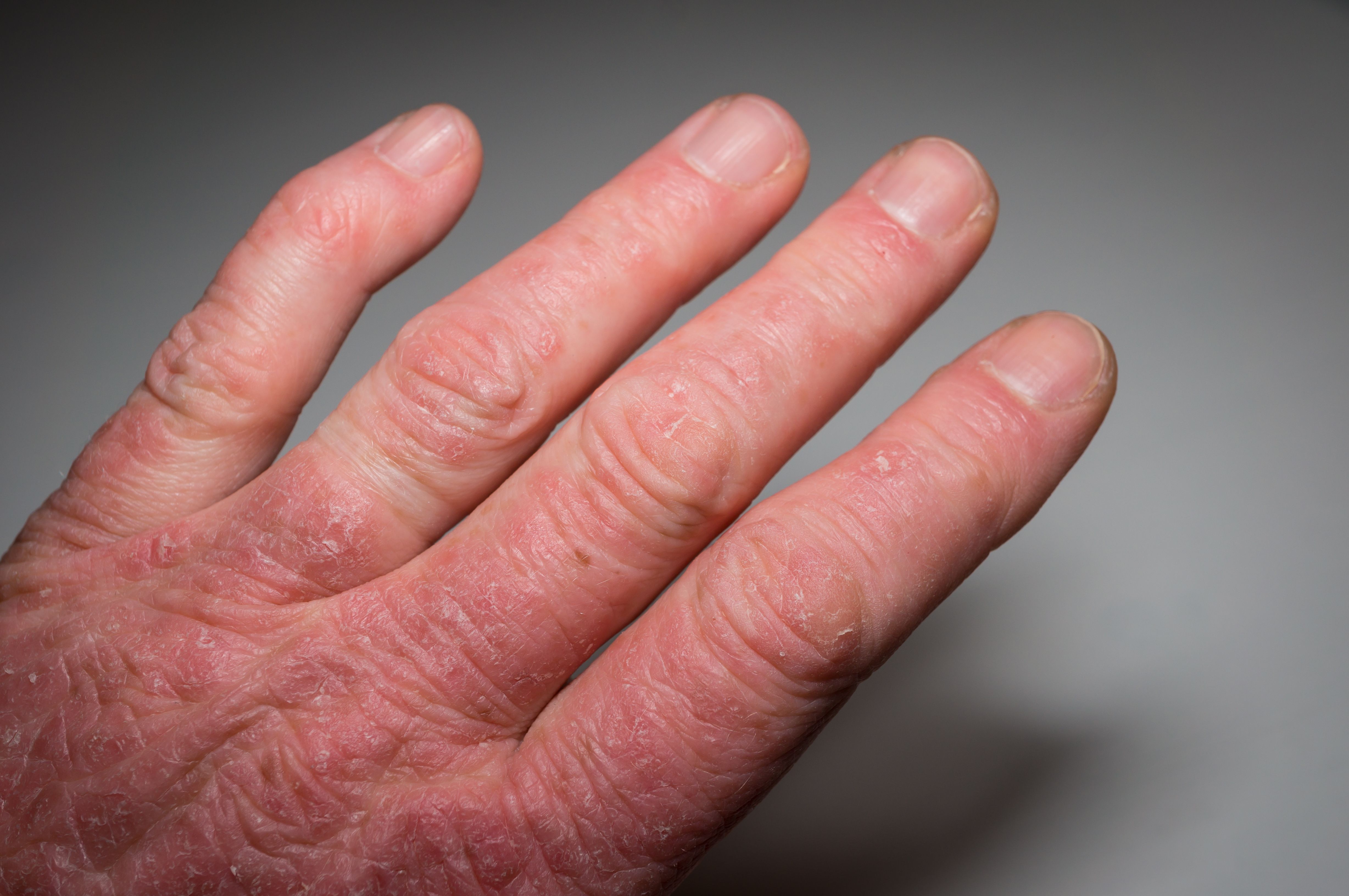
What role does artificial intelligence play in psoriasis research?
Artificial intelligence (AI) is increasingly being utilized in psoriasis research, including studies on palmoplantar psoriasis. AI applications include:
- Analysis of large-scale genomic data to identify risk factors
- Image recognition for more accurate diagnosis and severity assessment
- Predictive modeling for treatment outcomes
- Drug discovery and repurposing
These AI-driven approaches have the potential to accelerate research and improve clinical decision-making in the management of palmoplantar psoriasis.
Palmoplantar Psoriasis: Causes, Symptoms, Risks, Treatment
Palmoplantar psoriasis is a form of psoriasis that affects the palms of the hands and the soles of the feet. It causes areas of raised, thickened, and discolored skin and can lead to pain, bleeding, and skin cracking.
Palmoplantar psoriasis is psoriasis on the hands, although it can appear almost anywhere on the body, including the feet. The condition is a subtype of both plaque psoriasis and pustular psoriasis, depending on how it manifests.
According to research, psoriasis affects 2–5% of the population, and 3–4% of individuals with psoriasis have palmoplantar psoriasis. Palmoplantar psoriasis can occur at any age. A related condition, palmoplantar pustulosis, usually starts between the ages of 20 and 60 years.
A person may not have symptoms all the time. Often, they will experience times of remission and then a flare. Certain triggers can cause a flare.
This article discusses in more detail how to recognize palmoplantar psoriasis, what causes it, how to treat it, and when to contact a doctor.
Palmoplantar psoriasis can occur as part of the more general plaque psoriasis, or it may only affect the palms of the hands and the soles of the feet.
A 2015 study found that the condition affected both the hands and feet in just over half of 237 participants.
Symptoms include:
- well-defined areas of raised, thickened skin
- scaling
- an itching and burning sensation
- pain
- cracking and bleeding
There may also be:
- small pustules
- skin changes on up to one-tenth of the rest of the body, due to general plaque psoriasis
- pitting, ridging, and thickening of the nails, also due to general plaque psoriasis
The patterns may be symmetrical, for example, similar on both hands.
Palmoplantar psoriasis can make it difficult to carry out everyday activities, such as walking. The location of symptoms also makes it harder to keep the lesions clean and to cover them, potentially leading to embarrassment and social anxiety.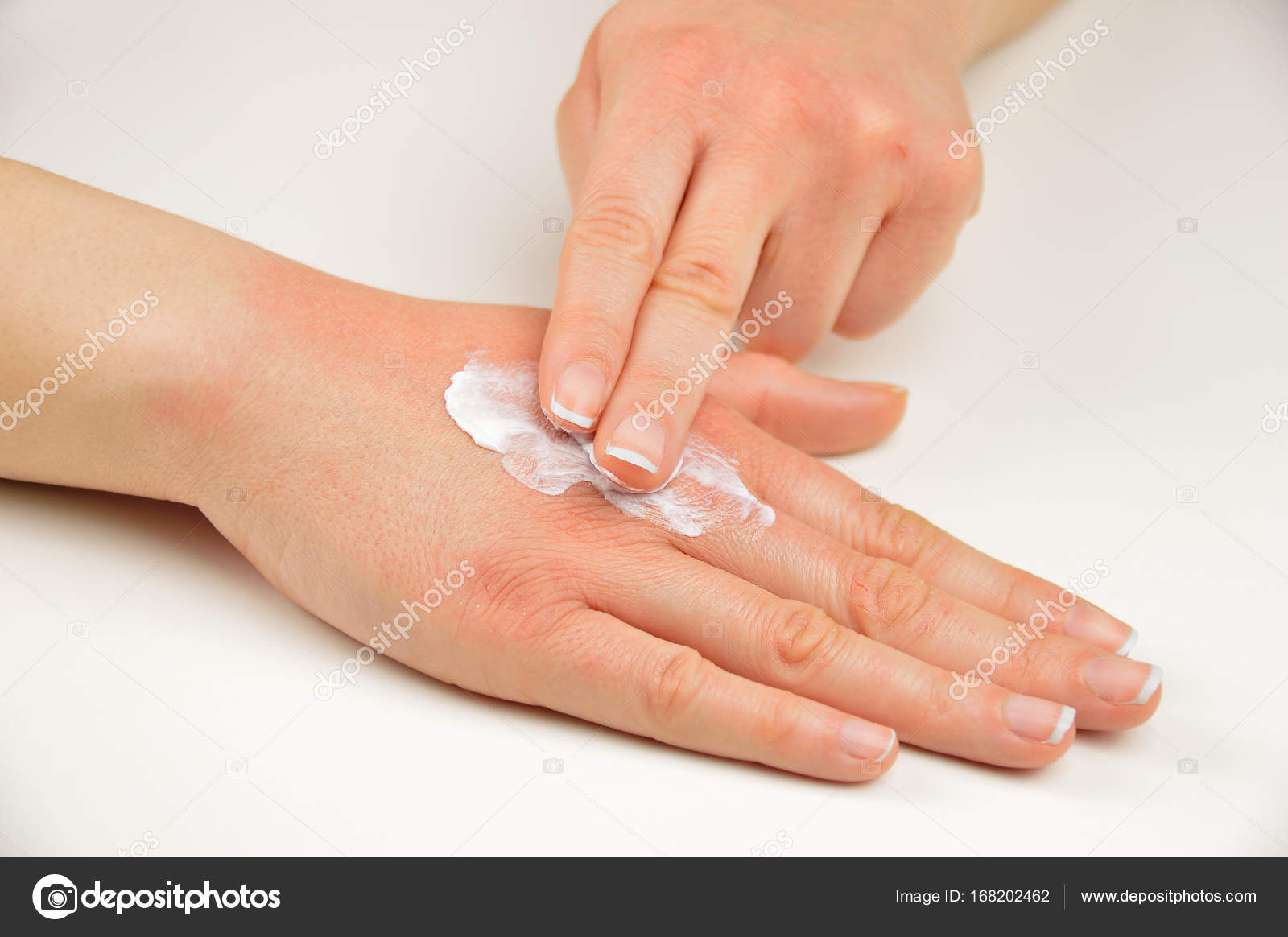
Moreover, a 2016 study suggests that palmoplantar pustulosis is genetically similar to palmoplantar psoriasis. A person with the pustular form will have clusters of white pustules alongside the plaques.
Palmoplantar psoriasis on skin of color
Generally, plaque psoriasis on skin of color may not appear as pink. The plaques may be thicker and more silver-looking.
Some plaques may look more purple. A person is also likely to develop darkening or lightening of parts of the skin, which health experts call hyperpigmentation and hypopigmentation, respectively.
Palmoplantar psoriasis may be more common in white populations. However, among People of Color, the condition tends to impact people of India the most.
Is palmoplantar psoriasis a disability?
Psoriasis in general can be very disabling. With proper medical documentation, a person with psoriasis may qualify for social security disability payments.
According to research, palmoplantar psoriasis can be even more disabling, because it affects the hands or feet.
However, although each case is different, palmoplantar psoriasis may not necessarily have a more severe impact on a person’s mental health or life overall than psoriasis generally does.
The following images show how palmoplantar psoriasis may appear on the skin.
Share on PinterestPalmoplantar psoriasis is a subtype of psoriasis and primarily affects the hands and feet. Bangmaha Art/EyeEm/Getty ImagesShare on PinterestPalmoplantar psoriasis is a chronic inflammatory skin disease.
Santosh kumar parida/ShutterstockShare on PinterestOver time, the skin becomes thickened and painful with dry cracks in the skin.
Photography courtesy of MCvanVeen/WikimediaShare on PinterestIn severe cases, blisters and pustules can form on the hands and feet.
Photography courtesy of Masryyy/WikimediaShare on PinterestSteroids and topical medications are typical treatments.
‘Murugaiyan R, Sengottian KL, Karthikeyan K. Crusted scabies presenting as palmoplantar psoriasis in Down’s syndrome. Indian Dermatol Online J. 2015 Mar-Apr;6(2):140-1. doi: 10.4103/2229-5178.153025. PMID: 25821745; PMCID: PMC4375766.Share on PinterestIt is a reoccurring inflammatory condition and has many different triggers.
Indian Dermatol Online J. 2015 Mar-Apr;6(2):140-1. doi: 10.4103/2229-5178.153025. PMID: 25821745; PMCID: PMC4375766.Share on PinterestIt is a reoccurring inflammatory condition and has many different triggers.
Photography by DermNet New Zealand
Palmoplantar psoriasis, like other forms of psoriasis, is an autoimmune condition. A problem with the immune system causes skin cells to develop too quickly.
In palmoplantar psoriasis, the plaques affect the skin of the palms of the hands and the soles of the feet.
Experts do not know exactly what causes palmoplantar psoriasis. However, it may be due to a combination of genetic and environmental factors. A problem with certain sweat glands could play a role as well.
Is palmoplantar psoriasis contagious?
Psoriasis is an autoimmune condition, and therefore, it is not contagious. This means people cannot contract it by coming into contact with the affected skin of a person with the condition the way they could contract a virus or bacteria.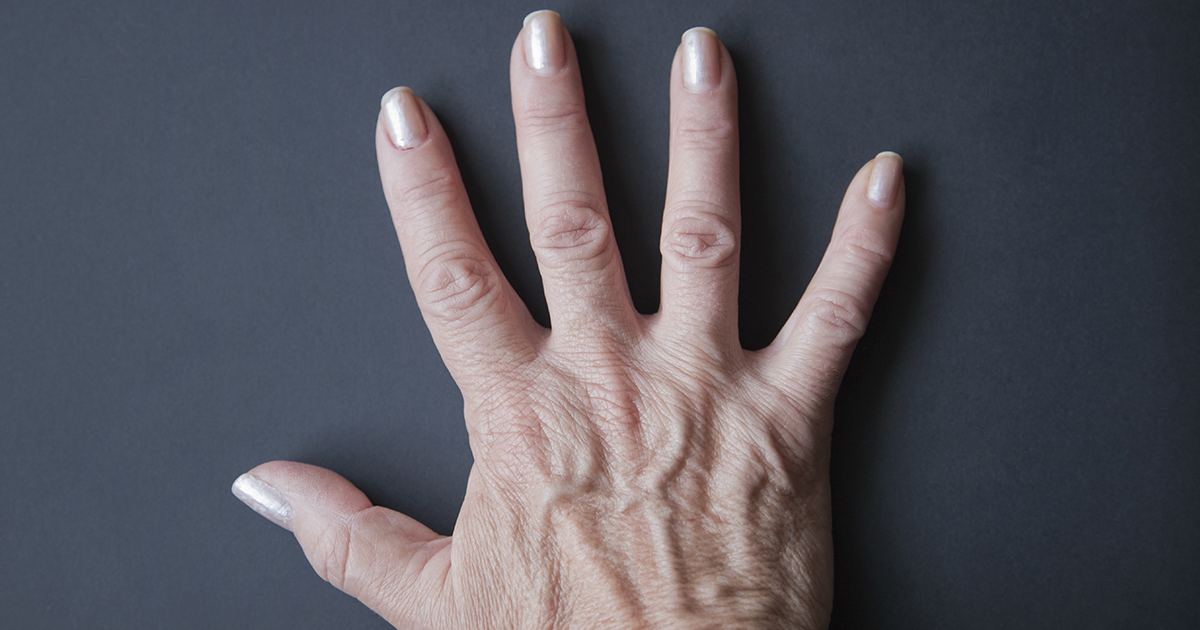
However, if someone is experiencing symptoms and does not yet have a diagnosis of psoriasis, they should seek medical attention. This is because, although rare, some contagious conditions, such as secondary syphilis, may mimic the symptoms of palmoplantar psoriasis.
Environmental risk factors and lifestyle choices may increase the likelihood of palmoplantar psoriasis.
The hands and feet are more open to exposure to environmental and chemical triggers. This may play a role in the development and progression of the condition.
The following appear to increase the risk:
- household work
- farm work
- manual labor
- exposure to chemical and physical irritants, such as detergents
- exposure to allergens
- smoking
Also, individuals with the following conditions may have a higher risk of developing palmoplantar psoriasis:
- thyroid disease
- arthritis of the anterior thorax
- type 1 diabetes
- gluten intolerance
- streptococcal tonsillitis
Around 10–25% of people with palmoplantar psoriasis have chronic plaque psoriasis.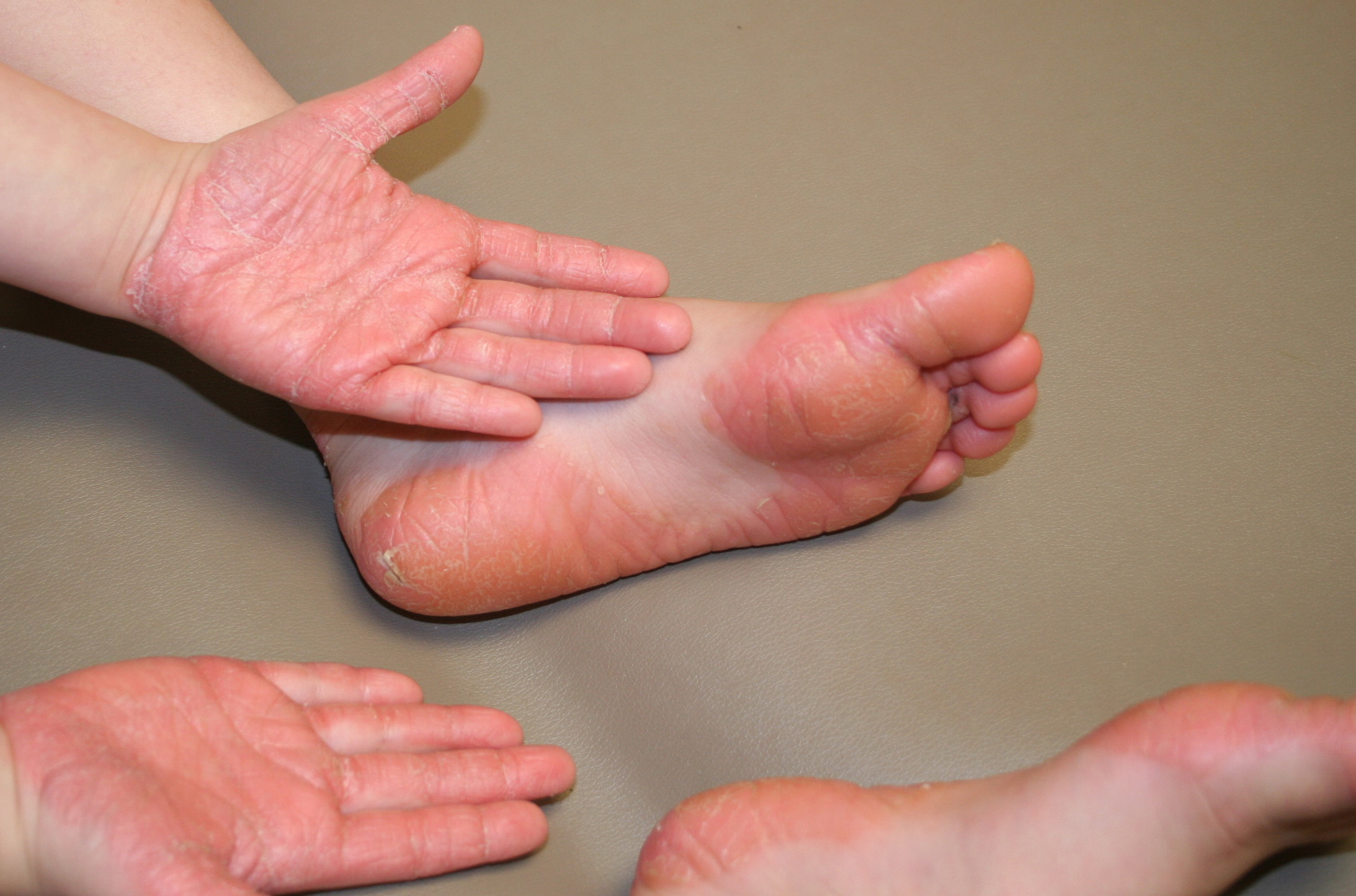
Furthermore, research indicates that smoking may be a big factor in the development of palmoplantar psoriasis. Most people with the condition either currently smoke or have previously smoked.
The condition may also flare up during periods of anxiety or stress.
Palmoplantar psoriasis is a type of psoriasis, and people with psoriasis in general may develop other serious medical conditions.
According to the National Psoriasis Foundation (NPF), individuals with psoriasis often have a higher risk of developing:
- Crohn’s disease
- hardening of the arteries
- type 2 diabetes
- depression
- cancer
- liver disease
- kidney disease
- metabolic syndrome
- eye infections, such as uveitis
- osteoporosis
- obesity
People with palmoplantar psoriasis and other types of psoriasis also have an increased risk of psoriatic arthritis, which affects the joints.
Doctors can prescribe medication to reduce discomfort during a psoriasis flare.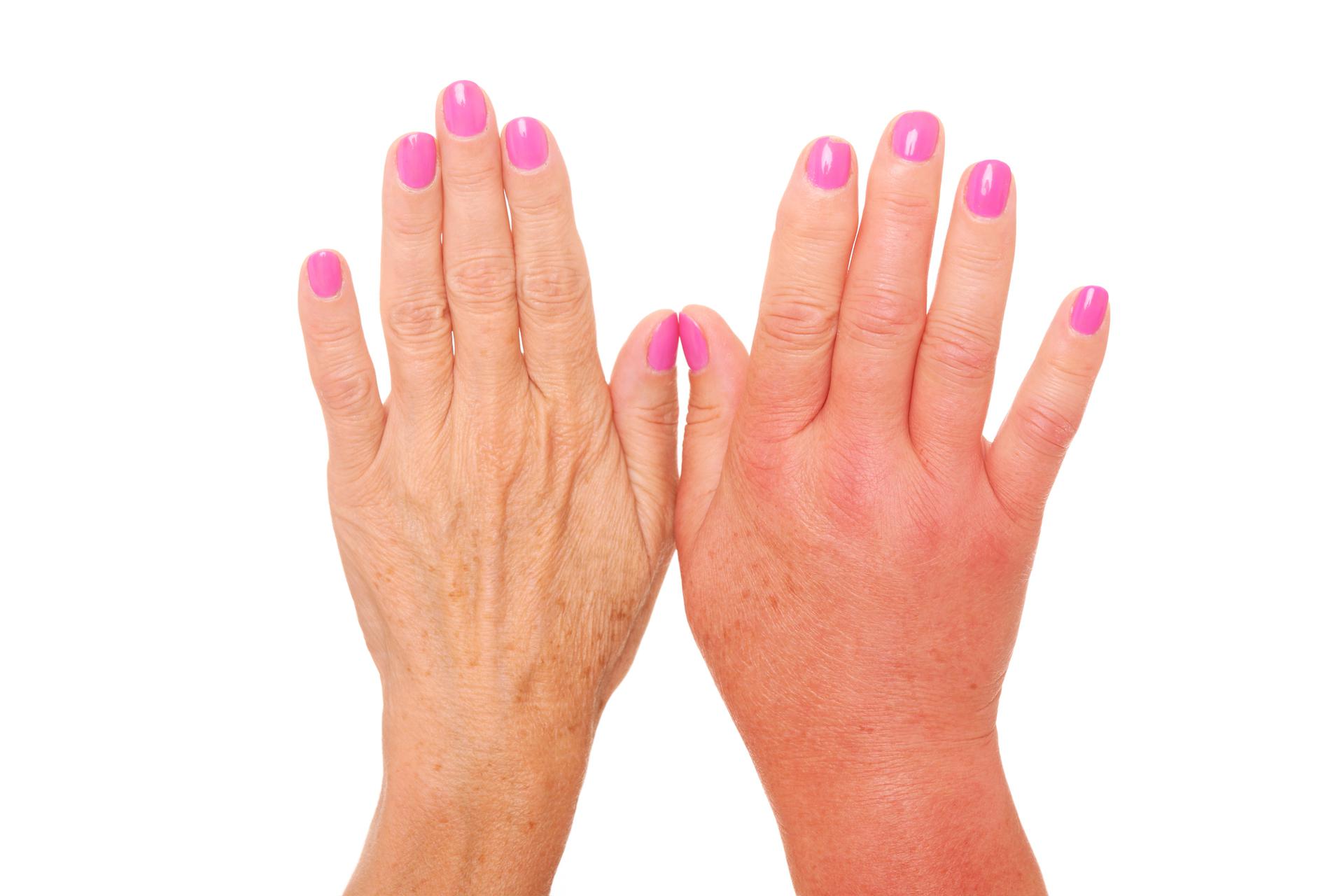
To diagnose the condition, a doctor will look at the symptoms and ask the person about their medical history.
Also, they may carry out a biopsy and take a small skin sample to rule out other inflammatory skin conditions, such as eczema, contact dermatitis, or a fungal infection.
Often, doctors can diagnose psoriasis based on skin appearance alone.
There is little information about treatment specifically for palmoplantar psoriasis.
However, options that may relieve symptoms usually involve the following, alone or in combination:
- topical corticosteroids
- synthetic vitamin D
- light therapy
- systemic medications
- biologic medications, for cases that do not respond to other treatments
- oral retinoids
A person may have to work with a doctor and try several treatments to find the most suitable one.
How do the treatments work?
Corticosteroids will be the first line of treatment, but a doctor may alternate these with synthetic vitamin D medication, such as calcipotriene (Dovonex) and calcitriol (Rocaltrol).
Light therapy
The second-line treatment is light therapy. Exposure to natural forms of UVB and UVA light may help slow down the speed at which skin cells grow.
The doctor may recommend starting with 5–10 minutes of daily exposure to sunlight and then increasing exposure time by 30 seconds every day if the response is good.
The person should apply sunscreen to areas of the skin that do not have psoriasis.
A treatment known as PUVA may help. This combines natural light exposure and a drug called psoralen oral photosensitizing medication.
Other light therapies include NB-UVA and a monochromatic excimer laser.
Systemic treatments
Systemic treatments affect the whole body.
Psoriasis occurs when the immune system does not work properly, and skin cells grow too quickly. A systemic mediation can help prevent this.
A 2021 review notes that doctors prescribe methotrexate and cyclosporine for psoriasis.
Biologics
Biologics are targeted therapies that can change the body’s immune response. They may help manage the symptoms of psoriasis when other treatments have proven ineffective.
They may help manage the symptoms of psoriasis when other treatments have proven ineffective.
However, some of these can have severe side effects. A doctor will need to monitor the person’s progress.
Examples of biologic drugs for psoriasis include:
- interleukin (IL)-12/23 antagonist ustekinumab (Stelara)
- IL-17 antagonists, such as secukinumab (Cosentyx)
- phosphodiesterase 4 inhibitors, such as apremilast (Otezla)
People have used anti-tumor necrosis factor alpha antagonists, such as infliximab, etanercept, and adalimumab. However, these have worsened symptoms in some individuals.
Oral retinoids
A dermatologist may also prescribe oral retinoids. These medications help reduce skin cells that are growing too fast, along with associated swelling and redness.
Doctors commonly prescribe acitretin (Soriatane), which is an oral medication a person takes once daily. It suppresses the immune system, which may make it a good choice for individuals with a weakened immune system.
Some home remedies may help reduce pain and discomfort.
Bathing and soaking
Bathing can alleviate palmoplantar psoriasis symptoms, but it is important to choose the right temperature and products.
- Soak the hands and feet in lukewarm water.
- Add a soothing natural substance, such as oatmeal or Dead Sea salt.
- Use mild soaps and bath oils that are free from added colors and fragrance.
- Blot the skin dry after soaking with a soft, clean cloth to avoid irritation.
- Apply moisturizer to the damp skin.
Humidity and moisture
Tips for reducing dryness include using a humidifier, as well as moisturizing the skin several times per day, especially in dry weather.
Moisturizers with naturally soothing, anti-inflammatory properties, such as aloe vera, may relieve symptoms. A range of moisturizers for psoriasis are available for purchase online.
A doctor or pharmacist can advise about a suitable lotion, oil, or cream for moisturizing.
Supplements and alternative treatments
The NPF suggests some herbs and natural remedies that may help with psoriasis in general:
- Tea tree oil: Always dilute with a carrier, such as almond oil, before applying. Do not take by mouth. Some people may have an allergic reaction.
- Capsaicin: Some people find that applying a cream containing capsaicin, the spicy ingredient in chili peppers, to the skin may help reduce itching and burning.
- Epsom or Dead Sea salt: Add it to lukewarm water to soak the hands or feet.
- Oatmeal: You can add it to a soak or a bath.
- Mahonia aquifolium: Applying a 10% topical cream may help reduce mild to moderate symptoms of psoriasis.
- Apple cider vinegar: Apply directly to the skin or dilute in equal parts with water. You can also add it to salads to take it by mouth.
- Turmeric: Adding this spice to food or taking turmeric supplements may help with some types of psoriasis.

- Raw honey: According to a 2019 case study, using raw honey may be an effective way to reduce symptoms.
It is advisable to consult a healthcare professional before using any of these, to make sure they are safe and suitable for a person to use.
A person can apply a small amount to a small area of the skin to check their reaction, in case they have an allergy or the treatment makes their symptoms worse.
Is palmoplantar psoriasis curable?
Palmoplantar psoriasis tends to be a long-term condition. Currently, there is no cure, but treatment can help manage symptoms.
Genetic factors are likely to play a role in the development of psoriasis, and therefore, it can be difficult to prevent the condition.
However, psoriasis may also occur in response to some environmental triggers, such as having exposure to chemicals or detergents, smoking, consuming alcohol, and experiencing stress.
If a person can identify any of their triggers, they can try to avoid it and thus help reduce flare-ups.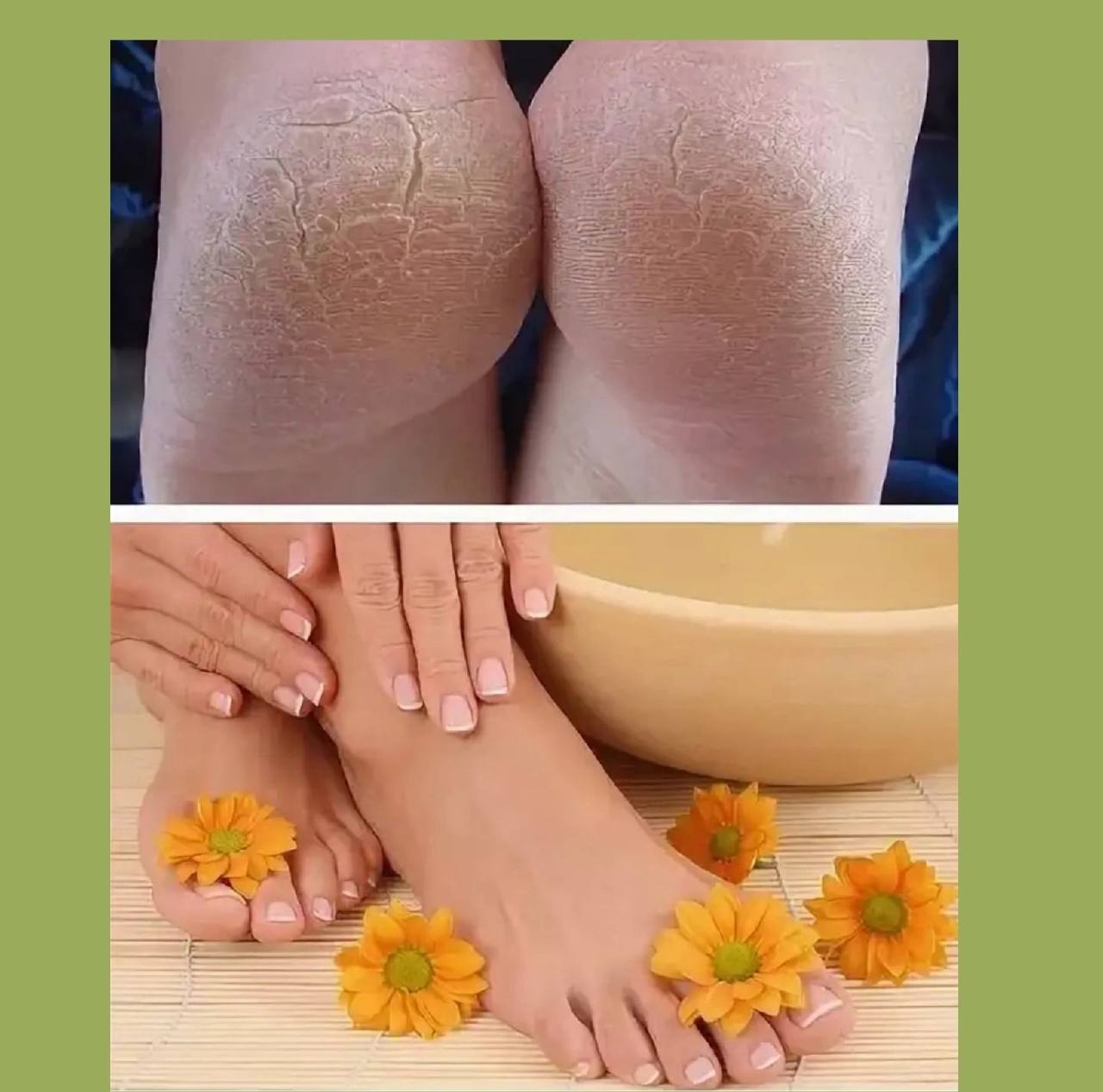
Read this article in Spanish.
Palmoplantar Psoriasis: Causes, Symptoms, Risks, Treatment
Palmoplantar psoriasis is a form of psoriasis that affects the palms of the hands and the soles of the feet. It causes areas of raised, thickened, and discolored skin and can lead to pain, bleeding, and skin cracking.
Palmoplantar psoriasis is psoriasis on the hands, although it can appear almost anywhere on the body, including the feet. The condition is a subtype of both plaque psoriasis and pustular psoriasis, depending on how it manifests.
According to research, psoriasis affects 2–5% of the population, and 3–4% of individuals with psoriasis have palmoplantar psoriasis. Palmoplantar psoriasis can occur at any age. A related condition, palmoplantar pustulosis, usually starts between the ages of 20 and 60 years.
A person may not have symptoms all the time. Often, they will experience times of remission and then a flare. Certain triggers can cause a flare.
This article discusses in more detail how to recognize palmoplantar psoriasis, what causes it, how to treat it, and when to contact a doctor.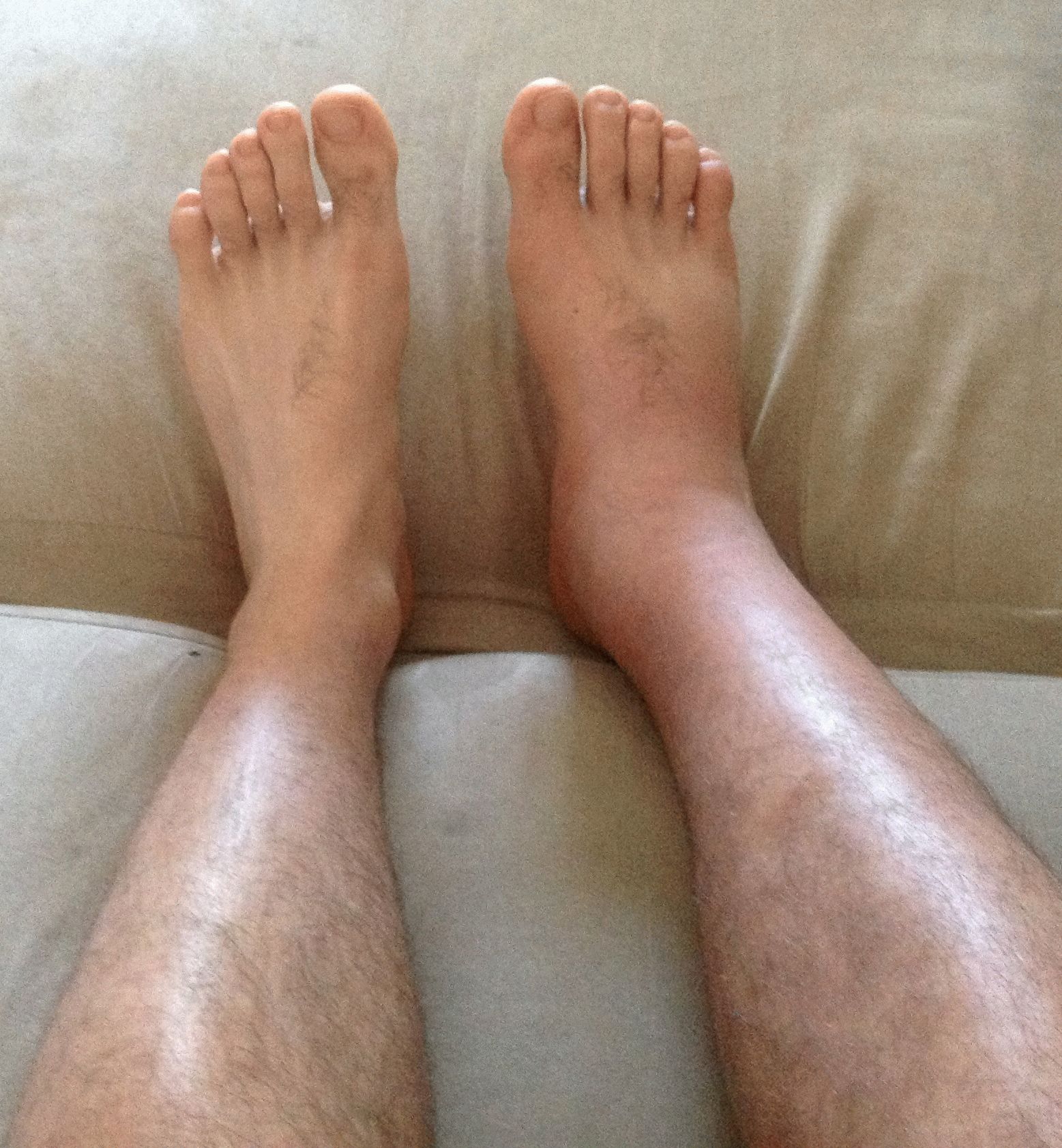
Palmoplantar psoriasis can occur as part of the more general plaque psoriasis, or it may only affect the palms of the hands and the soles of the feet.
A 2015 study found that the condition affected both the hands and feet in just over half of 237 participants.
Symptoms include:
- well-defined areas of raised, thickened skin
- scaling
- an itching and burning sensation
- pain
- cracking and bleeding
There may also be:
- small pustules
- skin changes on up to one-tenth of the rest of the body, due to general plaque psoriasis
- pitting, ridging, and thickening of the nails, also due to general plaque psoriasis
The patterns may be symmetrical, for example, similar on both hands.
Palmoplantar psoriasis can make it difficult to carry out everyday activities, such as walking. The location of symptoms also makes it harder to keep the lesions clean and to cover them, potentially leading to embarrassment and social anxiety.
Moreover, a 2016 study suggests that palmoplantar pustulosis is genetically similar to palmoplantar psoriasis. A person with the pustular form will have clusters of white pustules alongside the plaques.
Palmoplantar psoriasis on skin of color
Generally, plaque psoriasis on skin of color may not appear as pink. The plaques may be thicker and more silver-looking.
Some plaques may look more purple. A person is also likely to develop darkening or lightening of parts of the skin, which health experts call hyperpigmentation and hypopigmentation, respectively.
Palmoplantar psoriasis may be more common in white populations. However, among People of Color, the condition tends to impact people of India the most.
Is palmoplantar psoriasis a disability?
Psoriasis in general can be very disabling. With proper medical documentation, a person with psoriasis may qualify for social security disability payments.
According to research, palmoplantar psoriasis can be even more disabling, because it affects the hands or feet.
However, although each case is different, palmoplantar psoriasis may not necessarily have a more severe impact on a person’s mental health or life overall than psoriasis generally does.
The following images show how palmoplantar psoriasis may appear on the skin.
Share on PinterestPalmoplantar psoriasis is a subtype of psoriasis and primarily affects the hands and feet. Bangmaha Art/EyeEm/Getty ImagesShare on PinterestPalmoplantar psoriasis is a chronic inflammatory skin disease.
Santosh kumar parida/ShutterstockShare on PinterestOver time, the skin becomes thickened and painful with dry cracks in the skin.
Photography courtesy of MCvanVeen/WikimediaShare on PinterestIn severe cases, blisters and pustules can form on the hands and feet.
Photography courtesy of Masryyy/WikimediaShare on PinterestSteroids and topical medications are typical treatments.
‘Murugaiyan R, Sengottian KL, Karthikeyan K. Crusted scabies presenting as palmoplantar psoriasis in Down’s syndrome. Indian Dermatol Online J. 2015 Mar-Apr;6(2):140-1. doi: 10.4103/2229-5178.153025. PMID: 25821745; PMCID: PMC4375766.Share on PinterestIt is a reoccurring inflammatory condition and has many different triggers.
Indian Dermatol Online J. 2015 Mar-Apr;6(2):140-1. doi: 10.4103/2229-5178.153025. PMID: 25821745; PMCID: PMC4375766.Share on PinterestIt is a reoccurring inflammatory condition and has many different triggers.
Photography by DermNet New Zealand
Palmoplantar psoriasis, like other forms of psoriasis, is an autoimmune condition. A problem with the immune system causes skin cells to develop too quickly.
In palmoplantar psoriasis, the plaques affect the skin of the palms of the hands and the soles of the feet.
Experts do not know exactly what causes palmoplantar psoriasis. However, it may be due to a combination of genetic and environmental factors. A problem with certain sweat glands could play a role as well.
Is palmoplantar psoriasis contagious?
Psoriasis is an autoimmune condition, and therefore, it is not contagious. This means people cannot contract it by coming into contact with the affected skin of a person with the condition the way they could contract a virus or bacteria.
However, if someone is experiencing symptoms and does not yet have a diagnosis of psoriasis, they should seek medical attention. This is because, although rare, some contagious conditions, such as secondary syphilis, may mimic the symptoms of palmoplantar psoriasis.
Environmental risk factors and lifestyle choices may increase the likelihood of palmoplantar psoriasis.
The hands and feet are more open to exposure to environmental and chemical triggers. This may play a role in the development and progression of the condition.
The following appear to increase the risk:
- household work
- farm work
- manual labor
- exposure to chemical and physical irritants, such as detergents
- exposure to allergens
- smoking
Also, individuals with the following conditions may have a higher risk of developing palmoplantar psoriasis:
- thyroid disease
- arthritis of the anterior thorax
- type 1 diabetes
- gluten intolerance
- streptococcal tonsillitis
Around 10–25% of people with palmoplantar psoriasis have chronic plaque psoriasis.
Furthermore, research indicates that smoking may be a big factor in the development of palmoplantar psoriasis. Most people with the condition either currently smoke or have previously smoked.
The condition may also flare up during periods of anxiety or stress.
Palmoplantar psoriasis is a type of psoriasis, and people with psoriasis in general may develop other serious medical conditions.
According to the National Psoriasis Foundation (NPF), individuals with psoriasis often have a higher risk of developing:
- Crohn’s disease
- hardening of the arteries
- type 2 diabetes
- depression
- cancer
- liver disease
- kidney disease
- metabolic syndrome
- eye infections, such as uveitis
- osteoporosis
- obesity
People with palmoplantar psoriasis and other types of psoriasis also have an increased risk of psoriatic arthritis, which affects the joints.
Doctors can prescribe medication to reduce discomfort during a psoriasis flare.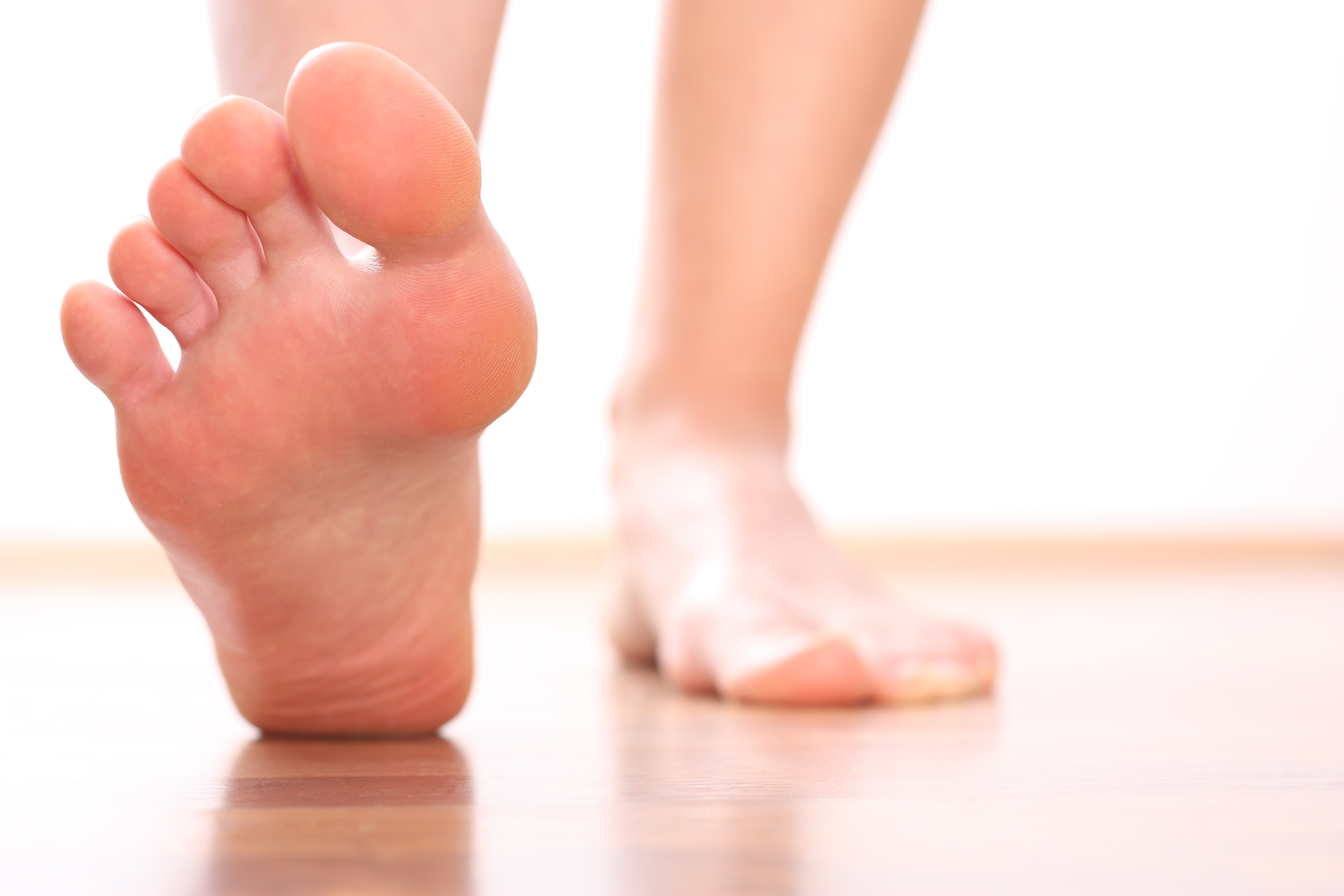
To diagnose the condition, a doctor will look at the symptoms and ask the person about their medical history.
Also, they may carry out a biopsy and take a small skin sample to rule out other inflammatory skin conditions, such as eczema, contact dermatitis, or a fungal infection.
Often, doctors can diagnose psoriasis based on skin appearance alone.
There is little information about treatment specifically for palmoplantar psoriasis.
However, options that may relieve symptoms usually involve the following, alone or in combination:
- topical corticosteroids
- synthetic vitamin D
- light therapy
- systemic medications
- biologic medications, for cases that do not respond to other treatments
- oral retinoids
A person may have to work with a doctor and try several treatments to find the most suitable one.
How do the treatments work?
Corticosteroids will be the first line of treatment, but a doctor may alternate these with synthetic vitamin D medication, such as calcipotriene (Dovonex) and calcitriol (Rocaltrol).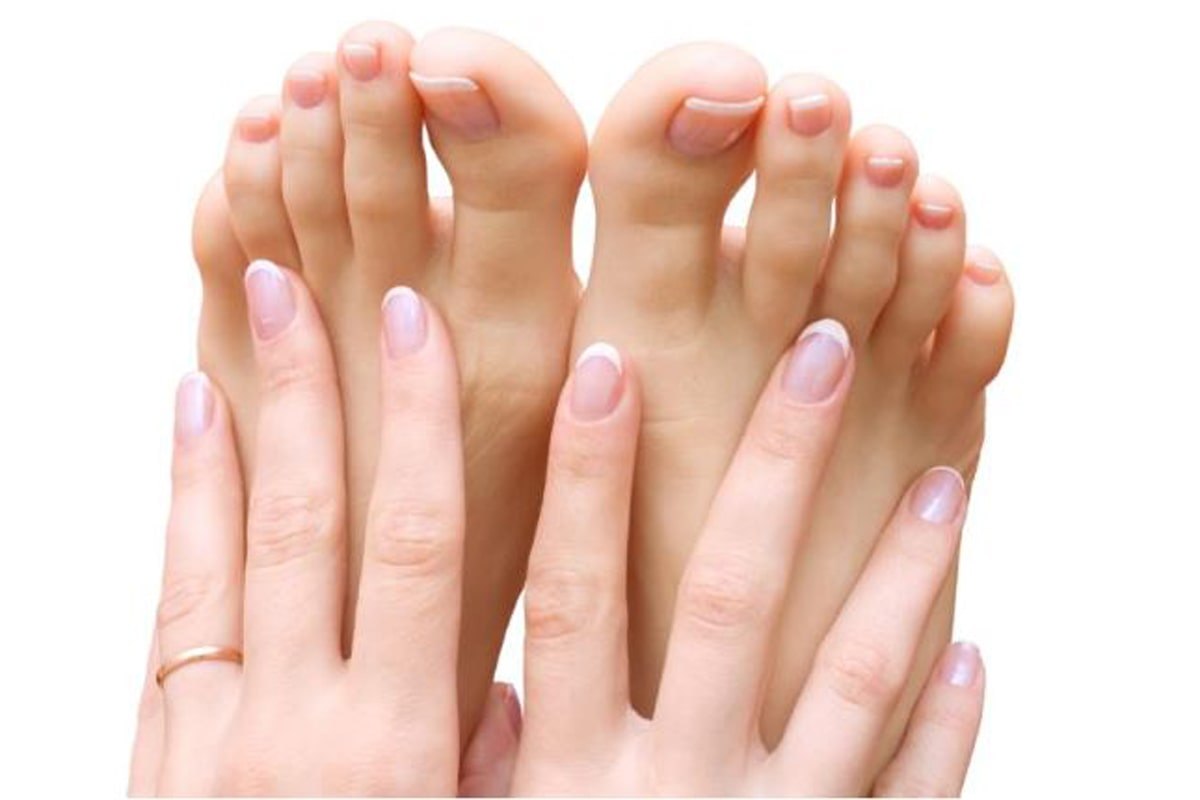
Light therapy
The second-line treatment is light therapy. Exposure to natural forms of UVB and UVA light may help slow down the speed at which skin cells grow.
The doctor may recommend starting with 5–10 minutes of daily exposure to sunlight and then increasing exposure time by 30 seconds every day if the response is good.
The person should apply sunscreen to areas of the skin that do not have psoriasis.
A treatment known as PUVA may help. This combines natural light exposure and a drug called psoralen oral photosensitizing medication.
Other light therapies include NB-UVA and a monochromatic excimer laser.
Systemic treatments
Systemic treatments affect the whole body.
Psoriasis occurs when the immune system does not work properly, and skin cells grow too quickly. A systemic mediation can help prevent this.
A 2021 review notes that doctors prescribe methotrexate and cyclosporine for psoriasis.
Biologics
Biologics are targeted therapies that can change the body’s immune response.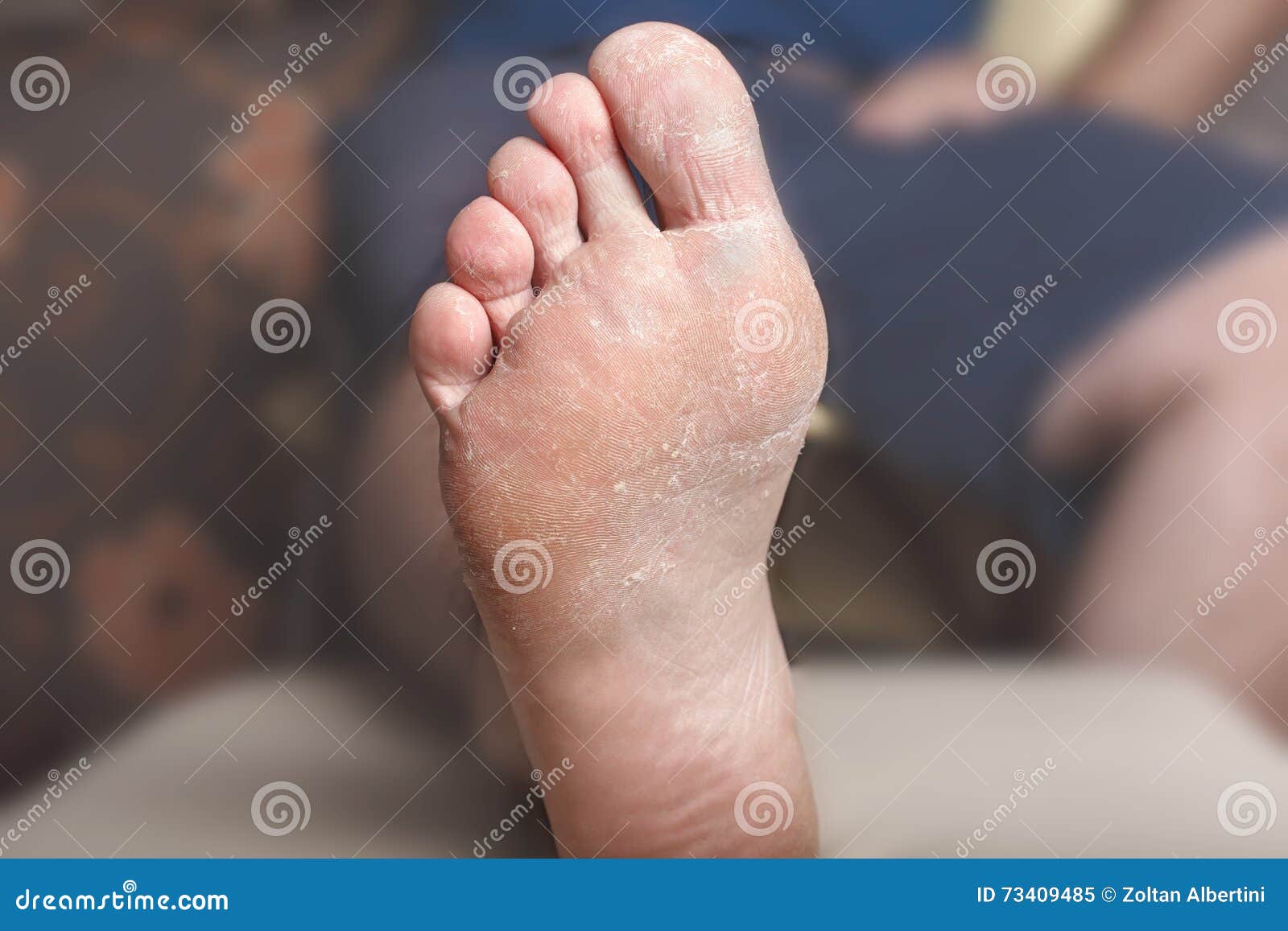 They may help manage the symptoms of psoriasis when other treatments have proven ineffective.
They may help manage the symptoms of psoriasis when other treatments have proven ineffective.
However, some of these can have severe side effects. A doctor will need to monitor the person’s progress.
Examples of biologic drugs for psoriasis include:
- interleukin (IL)-12/23 antagonist ustekinumab (Stelara)
- IL-17 antagonists, such as secukinumab (Cosentyx)
- phosphodiesterase 4 inhibitors, such as apremilast (Otezla)
People have used anti-tumor necrosis factor alpha antagonists, such as infliximab, etanercept, and adalimumab. However, these have worsened symptoms in some individuals.
Oral retinoids
A dermatologist may also prescribe oral retinoids. These medications help reduce skin cells that are growing too fast, along with associated swelling and redness.
Doctors commonly prescribe acitretin (Soriatane), which is an oral medication a person takes once daily. It suppresses the immune system, which may make it a good choice for individuals with a weakened immune system.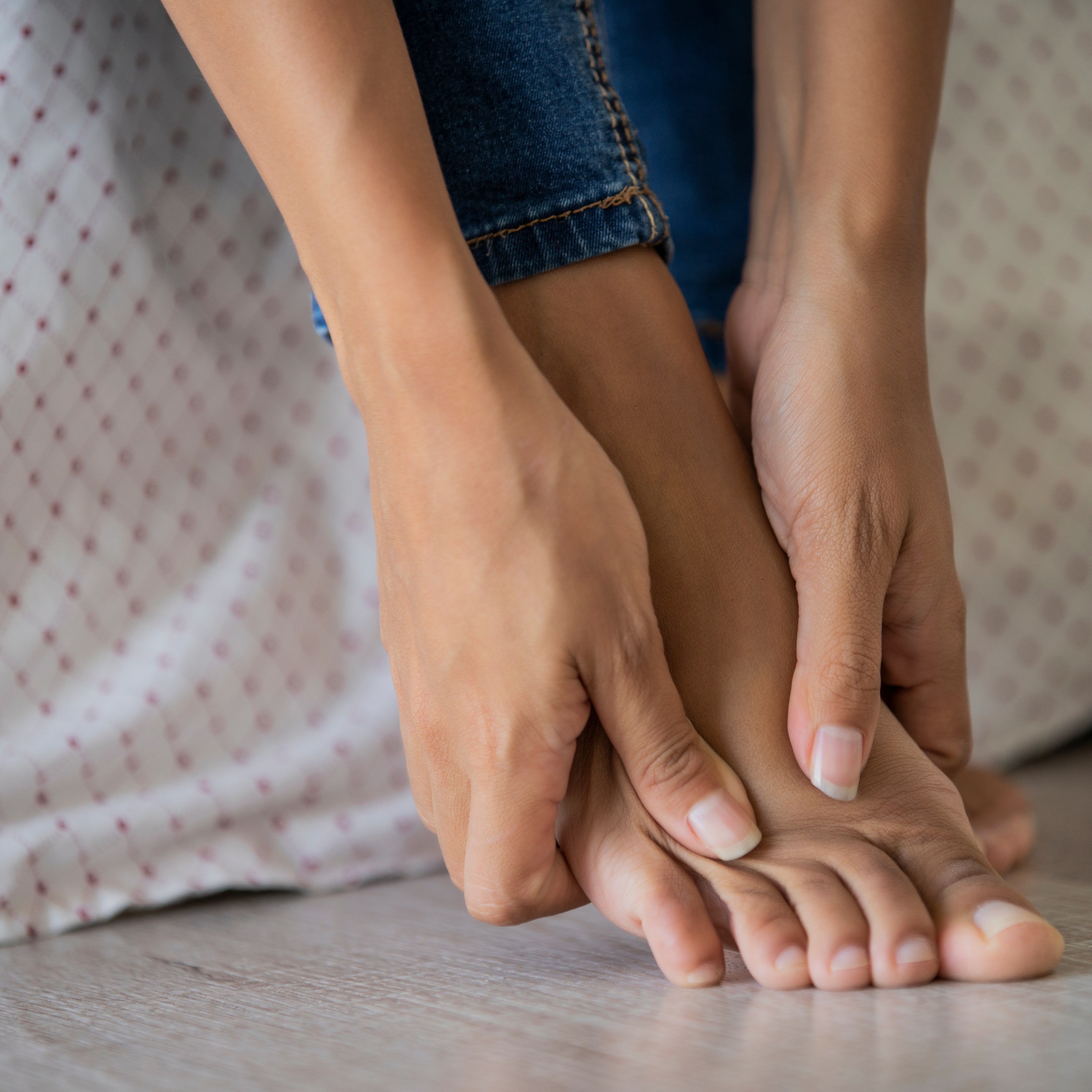
Some home remedies may help reduce pain and discomfort.
Bathing and soaking
Bathing can alleviate palmoplantar psoriasis symptoms, but it is important to choose the right temperature and products.
- Soak the hands and feet in lukewarm water.
- Add a soothing natural substance, such as oatmeal or Dead Sea salt.
- Use mild soaps and bath oils that are free from added colors and fragrance.
- Blot the skin dry after soaking with a soft, clean cloth to avoid irritation.
- Apply moisturizer to the damp skin.
Humidity and moisture
Tips for reducing dryness include using a humidifier, as well as moisturizing the skin several times per day, especially in dry weather.
Moisturizers with naturally soothing, anti-inflammatory properties, such as aloe vera, may relieve symptoms. A range of moisturizers for psoriasis are available for purchase online.
A doctor or pharmacist can advise about a suitable lotion, oil, or cream for moisturizing.
Supplements and alternative treatments
The NPF suggests some herbs and natural remedies that may help with psoriasis in general:
- Tea tree oil: Always dilute with a carrier, such as almond oil, before applying. Do not take by mouth. Some people may have an allergic reaction.
- Capsaicin: Some people find that applying a cream containing capsaicin, the spicy ingredient in chili peppers, to the skin may help reduce itching and burning.
- Epsom or Dead Sea salt: Add it to lukewarm water to soak the hands or feet.
- Oatmeal: You can add it to a soak or a bath.
- Mahonia aquifolium: Applying a 10% topical cream may help reduce mild to moderate symptoms of psoriasis.
- Apple cider vinegar: Apply directly to the skin or dilute in equal parts with water. You can also add it to salads to take it by mouth.
- Turmeric: Adding this spice to food or taking turmeric supplements may help with some types of psoriasis.

- Raw honey: According to a 2019 case study, using raw honey may be an effective way to reduce symptoms.
It is advisable to consult a healthcare professional before using any of these, to make sure they are safe and suitable for a person to use.
A person can apply a small amount to a small area of the skin to check their reaction, in case they have an allergy or the treatment makes their symptoms worse.
Is palmoplantar psoriasis curable?
Palmoplantar psoriasis tends to be a long-term condition. Currently, there is no cure, but treatment can help manage symptoms.
Genetic factors are likely to play a role in the development of psoriasis, and therefore, it can be difficult to prevent the condition.
However, psoriasis may also occur in response to some environmental triggers, such as having exposure to chemicals or detergents, smoking, consuming alcohol, and experiencing stress.
If a person can identify any of their triggers, they can try to avoid it and thus help reduce flare-ups.:max_bytes(150000):strip_icc()/distal-interphalangeal-predominant-dip-psoriatic-arthritis-overview-4176475-5c04a96bc9e77c0001e74e4f.png)
Read this article in Spanish.
Psoriasis of the palms and soles. What is Psoriasis of the Hands and Soles?
IMPORTANT
The information in this section should not be used for self-diagnosis or self-treatment. In case of pain or other exacerbation of the disease, only the attending physician should prescribe diagnostic tests. For diagnosis and proper treatment, you should contact your doctor.
Psoriasis of the palms and soles is a palmoplantar variety of pustular psoriasis affecting exclusively the skin of the palms and soles. The primary element is a bright pink papule, which transforms into a plaque that occurs against the background of hyperemia of the skin surface, accompanied by itching and flaking. The plaques merge with each other, forming foci of hyperkeratosis, sometimes some of the foci begin to resolve from the center. The surface of the palms and feet loses elasticity, cracks appear, and a secondary infection joins. The diagnosis is made clinically with histological confirmation. In the course of treatment, external antiseptics, hormonal ointments and PUVA therapy are used.
The diagnosis is made clinically with histological confirmation. In the course of treatment, external antiseptics, hormonal ointments and PUVA therapy are used.
- Causes of psoriasis of the palms and soles
- Classification of psoriasis of the palms and soles
- Symptoms of psoriasis of the palms and soles
- Diagnosis of psoriasis of the palms and soles
- Treatment and prevention of psoriasis of the palms and soles
- Prices for treatment
General information
Psoriasis of the palms and soles is a chronic heterogeneous dermatosis localized in the area of the palms and soles. According to different authors, the palmoplantar form of the disease accounts for 1.2% to 31% of all cases of psoriasis, while recently the number of patients has been steadily growing, which increases the relevance of this dermatological pathology. Dermatosis is dependent on geography and race. In northern countries, the incidence of psoriasis of the palms and soles is much higher than in southern countries: in the Far North of Russia, dermatosis is assigned 4%, and in Kuwait – only 0. 11%. Along with other factors, the occurrence of dermatosis is negatively affected by bad habits, especially smoking and an atherogenic dietary profile.
11%. Along with other factors, the occurrence of dermatosis is negatively affected by bad habits, especially smoking and an atherogenic dietary profile.
Dermatologists associate genetic predisposition in the development of the disease with subpopulation characteristics. For example, American Indians and representatives of the Negroid race practically do not suffer from this pathology, while in Europeans the disease is detected quite often. There are no gender or seasonal differences. The age peak incidence falls on the age of over 30 years and accounts for up to 15% of cases of disability from skin diseases in general. Dermatosis is not contagious, in the entire history of dermatological observations, despite the localization of the pathological process on the palms (handshakes), not a single case of transmission of palmoplantar psoriasis from a sick person to a healthy one has been recorded. The disease does not spread even through blood transfusion.
Psoriasis of the palms and soles
Causes of psoriasis of the palms and soles
Dermatosis is heterogeneous.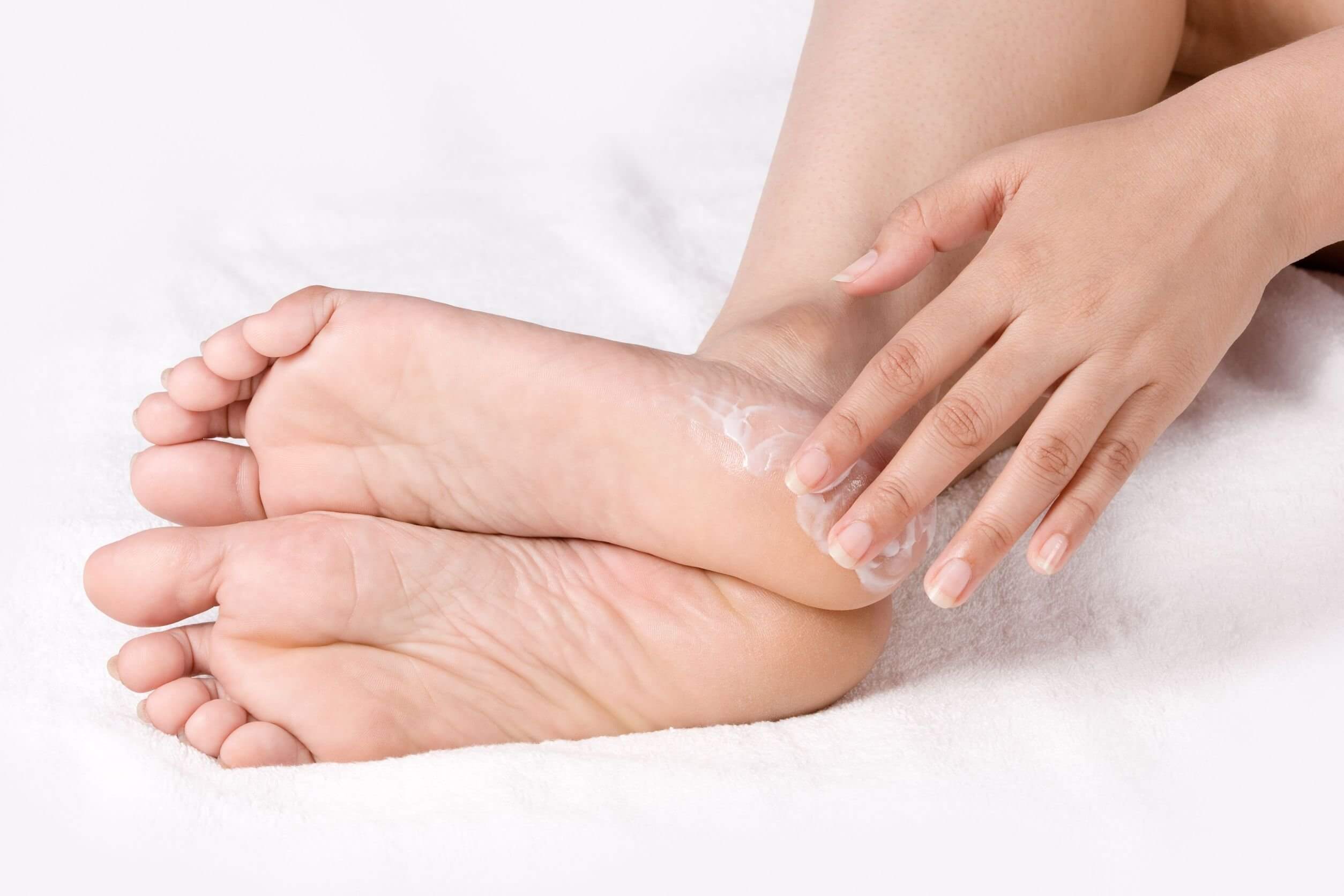 There are exogenous and endogenous triggers of the disease. Exogenous factors include temperature fluctuations in the environment, bad habits, prolonged use of drugs, infections, injuries, and an atherogenic dietary profile. Endogenous factors include hereditary predisposition, weakened immunity, stress and sensitization of the body. Provoking factors trigger the mechanism for the development of the pathological process. Modern dermatologists tend to consider psoriasis of the palms and soles as the result of a combination of several triggers.
There are exogenous and endogenous triggers of the disease. Exogenous factors include temperature fluctuations in the environment, bad habits, prolonged use of drugs, infections, injuries, and an atherogenic dietary profile. Endogenous factors include hereditary predisposition, weakened immunity, stress and sensitization of the body. Provoking factors trigger the mechanism for the development of the pathological process. Modern dermatologists tend to consider psoriasis of the palms and soles as the result of a combination of several triggers.
The mechanism of the disease is not fully understood, there are several most likely theories, the main one is autoimmune. A defective gene, inherited and responsible for the functional activity of immunity, becomes a trigger that stimulates the production of antibodies. Antibodies take the cells of the surface layer of the epidermis for a foreign principle. Binding and destroying the cells of the stratum corneum of the skin, the resulting autoimmune reaction leads, on the one hand, to degenerative processes in the dermis, on the other hand, to a compensatory rapid division of healthy epidermal cells and inflammation in the skin, which is visually manifested first by erythema, and then by the formation of papules and peeling .
The exchange theory is based on dietary errors. An atherogenic (“fatty”) nutritional profile is a provoking factor in lipid and protein metabolism disorders. The absence of the necessary building material (proteins) in sufficient quantities and the predominance of energetically active fats leads to the synthesis of toxic polyamines in the digestive tract. Toxic compounds cause degenerative-dystrophic changes in the skin and trigger an autoimmune process.
Neuroendocrine theory suggests a different mechanism for the development of the disease. Stress and endocrine disorders lead to a change in the normal innervation and trophism of the skin, which disrupts the integrity of dermal cells, stimulates T-helper activity, changes the cytokine profile with the development of inflammation, increased keratinization processes and proliferation of epidermal cells. As a result, primary elements appear on the palms and soles. At the same time, the localization of the pathological process is due exclusively to local provoking factors (skin injuries, exposure to ultraviolet radiation, or pre-existing contact dermatitis).
The allergic theory boils down to the fact that when exposed to any foreign antigen, the skin, already sensitized by taking drugs, sunlight, infection and temperature fluctuations, gives a super-strong response with the production of a large number of antibodies that destroy dermal cells, and the development of an autoimmune reaction. Separately, one more autoimmune reaction should be mentioned, which is the result of a viral HIV infection, which leads to a change in the number of lymphocytes, which, in combination with apoptosis (regulated programmed cell death), is visually manifested by the same rashes on the skin.
Classification of psoriasis of the palms and soles
In modern practical dermatology, three forms of the pathological process are distinguished depending on the predominance of certain primary elements:
 5 mm in diameter with clear boundaries, covered with silvery scales. The primary elements are tightly soldered to the underlying tissues, combined with skin cracks and secondary infection, which often makes it impossible to identify the diagnostic triad.
5 mm in diameter with clear boundaries, covered with silvery scales. The primary elements are tightly soldered to the underlying tissues, combined with skin cracks and secondary infection, which often makes it impossible to identify the diagnostic triad.Symptoms of psoriasis of the palms and soles
Despite some differences in the different forms of palmoplantar psoriasis, common signs of dermatosis can be identified. Very small (1-1.5 mm) primary papular elements appear on slightly edematous and hyperemic skin in the area of the palms and soles, transforming into plaques, which, merging, form dense foci with clear outlines.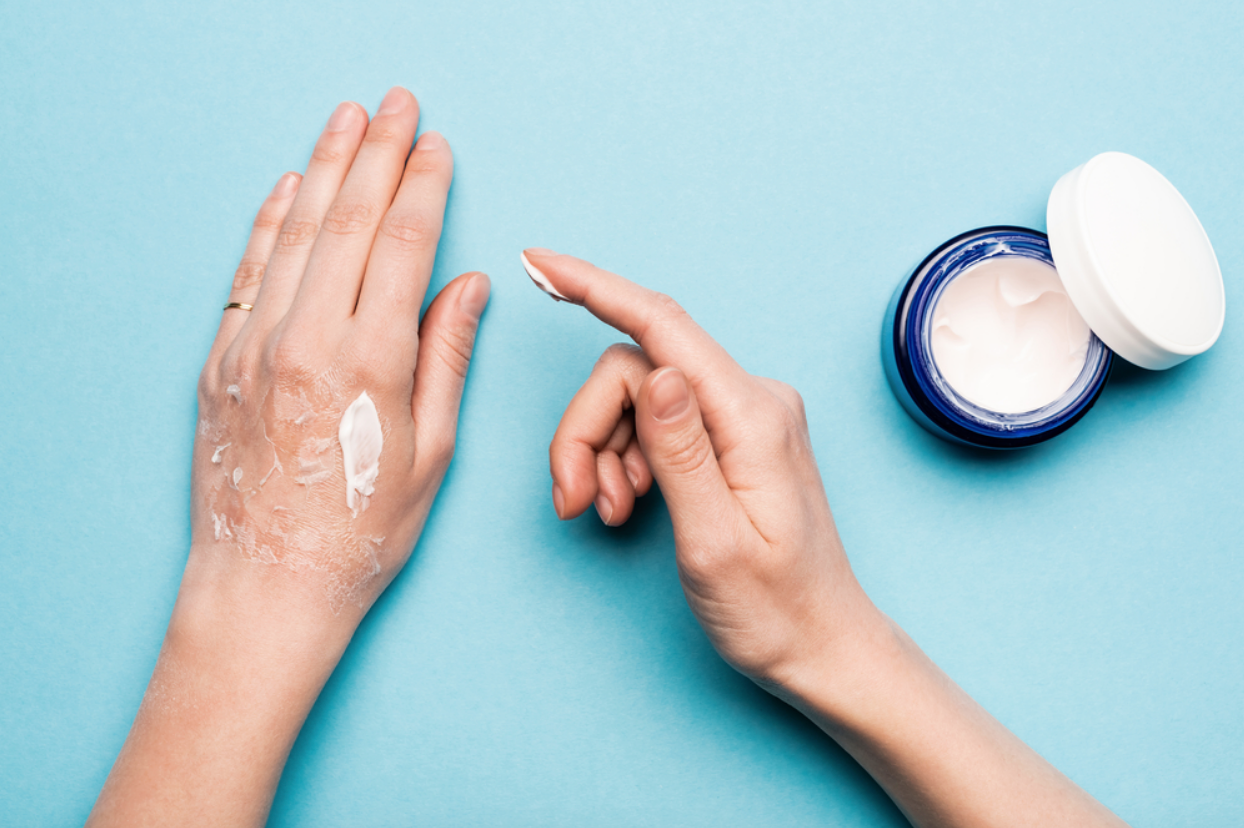 Elements practically do not rise above the level of healthy skin. Due to hyperkeratosis, cracks form on their surface, pain occurs that disrupts the ability to work and negatively affects the quality of life of the patient. Over time, the inflammation subsides, hyperkeratosis intensifies, the foci turn yellow and thicken, almost completely covering the palm or sole.
Elements practically do not rise above the level of healthy skin. Due to hyperkeratosis, cracks form on their surface, pain occurs that disrupts the ability to work and negatively affects the quality of life of the patient. Over time, the inflammation subsides, hyperkeratosis intensifies, the foci turn yellow and thicken, almost completely covering the palm or sole.
Berber’s psoriasis has a slightly different course. The primary element of this form of dermatosis is a pustule, prone to coalescence and the formation of large purulent foci with sterile contents. Pustules dry up and form crusts with typical psoriatic large-lamellar peeling. Rashes are localized on the arch of the foot and in the area of the thumb on the hands. A feature of psoriasis of the palms and soles is the possible presence of single plaques in other areas of the skin.
Diagnosis of psoriasis of the palms and soles
Clinical diagnosis is carried out by a dermatologist. If possible, the diagnosis is confirmed by a specific triad revealed by scraping of the papules (stearin stain, terminal film, dew drops). Be sure to conduct a histological examination. In the affected areas of the skin, a sharp acanthosis with papillomatosis, hyperkeratosis, cell proliferation and thinning of the upper layers of the epidermis is found. In difficult cases, immunomorphological studies are used, which indicate the autoimmune nature of psoriasis of the palms and soles.
If possible, the diagnosis is confirmed by a specific triad revealed by scraping of the papules (stearin stain, terminal film, dew drops). Be sure to conduct a histological examination. In the affected areas of the skin, a sharp acanthosis with papillomatosis, hyperkeratosis, cell proliferation and thinning of the upper layers of the epidermis is found. In difficult cases, immunomorphological studies are used, which indicate the autoimmune nature of psoriasis of the palms and soles.
Pathology is differentiated from lichen planus, horny and dyshidrotic eczema, neurodermatitis, pink lichen, papular syphilis, keratoderma, Allopo’s acrodermatitis, Andrews’ bacteride, gonorrheal and arsenic hyperkeratosis and palmoplantar-oral syndrome caused by the Coxsackie virus.
Treatment and prevention of psoriasis of the palms and soles
Treatment of the disease is carried out under the supervision of a dermatologist. In systemic therapy, drugs are used orally or by injection.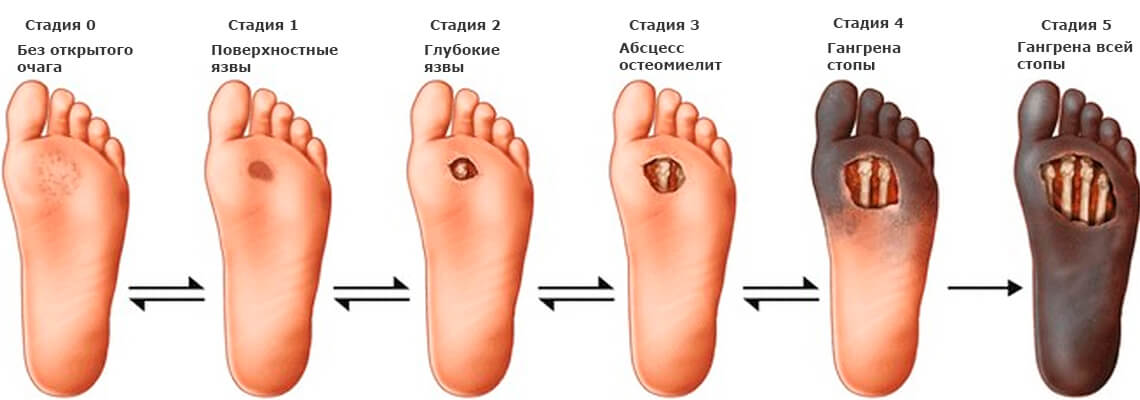 The list of drugs used includes glucocorticoids, aromatic retinoids, cytostatics, immunosuppressants and special photoactive compounds. The best results are obtained by combining PUVA therapy for psoriasis with the subsequent addition of an excimer laser. Outwardly, hormonal ointments are used in their pure form or in combination with salicylic acid. Assign analogues of vitamin D3, fat-soluble vitamins in courses of 30 days, baths with bran, string and celandine.
The list of drugs used includes glucocorticoids, aromatic retinoids, cytostatics, immunosuppressants and special photoactive compounds. The best results are obtained by combining PUVA therapy for psoriasis with the subsequent addition of an excimer laser. Outwardly, hormonal ointments are used in their pure form or in combination with salicylic acid. Assign analogues of vitamin D3, fat-soluble vitamins in courses of 30 days, baths with bran, string and celandine.
For prevention, an anti-atherogenic diet should be observed, chocolate, coffee and alcohol should be excluded from the diet (products that can provoke a relapse). It is necessary to make a choice in favor of a healthy lifestyle, monitor the absence of contact of the skin of the hands with provoking factors, use gloves in the household, wear tight socks in the cold season and use open shoes in the summer. When prescribing medications, a consultation with a dermatologist is mandatory. The prognosis is relatively favorable.
You can share your medical history, what helped you in the treatment of psoriasis of the palms and soles.
Sources
- self-treatment. In case of pain or other exacerbation of the disease, only the attending physician should prescribe diagnostic tests. For diagnosis and proper treatment, you should contact your doctor.
Palmar and plantar psoriasis – Treatment of psoriasis and vitiligo in Almaty.
Approximately one quarter of patients with psoriasis have lesions on the palms and soles of the feet. In this case, they speak of palmar-plantar psoriasis. The following varieties are distinguished:
Pustular psoriasis of the palms and soles (Barber’s psoriasis) . Infections, stress, certain medications, and hormonal problems contribute to its occurrence. The rash is formed by pustules – superficial pustular elements, which are located both against the background of clearly defined plaques, and on other parts of the skin.
 Often there is a pronounced infiltration of the skin. Most often, rashes are located in the area of \u200b\u200bthe elevation of the thumb and little finger on the hands and on the arch of the foot on the legs. The general condition of patients does not suffer. This form of psoriasis is persistent, recurs frequently, and is difficult to treat.
Often there is a pronounced infiltration of the skin. Most often, rashes are located in the area of \u200b\u200bthe elevation of the thumb and little finger on the hands and on the arch of the foot on the legs. The general condition of patients does not suffer. This form of psoriasis is persistent, recurs frequently, and is difficult to treat.Psoriasis vulgaris with isolated lesions of the palms and soles of the feet – represented by infiltrated plaques that have a clearly defined shape, the foci can be in the form of keratosis (skin thickening), which looks like a callus with irregular outlines, with a layering of tightly fitting large silvery- white or yellowish scales, if scraped off, the juicy pinkish-red base of the plaques is exposed. Some plaques may have fissures that are quite painful and prone to bleeding.
In plantar psoriasis, the skin is red (hyperemic), edematous and indurated. Less pronounced manifestations are observed on the palms.
 Almost all the time, skin lesions are observed on both hands. The skin of the palms and soles becomes very dry and prone to inflammation and cracking.
Almost all the time, skin lesions are observed on both hands. The skin of the palms and soles becomes very dry and prone to inflammation and cracking.Quite common is the nail lesion, which can be of two types:
In the first case, there are numerous pinpoint depressions on the nail plate, while the picture resembles the surface of a thimble (thimble symptom).
In the second case, there are yellow-brown spots under the nail (“oil spot” symptom), there may also be marginal onycholysis – partial separation of the nail plate from the nail bed, sometimes the plate can split.It should be noted that simultaneously with lesions of the hands and feet, there are lesions localized in other places. Palmar-plantar psoriasis causes a lot of suffering to patients, because the pathology of the skin of this localization is difficult to hide from others. In addition, the affected skin can make it difficult to perform normal daily activities, such as dressing. fabric clings to rough skin.

How to treat palmar-plantar psoriasis
Treatment of palmar-plantar psoriasis is a rather complicated process, which is characterized by refractoriness (immunity) to ongoing therapy methods. This is due to more pronounced pathological changes in the epidermis and dermis, constant trauma and irritation of the skin of the hands and feet (washing, shoes, clothes). As with other forms of this disease, with psoriasis of the palms and soles, patients must adhere to certain recommendations for nutrition and skin care. It is recommended to give up spicy and fried foods, alcohol and smoking. Do not wash your hands with hot water, to prevent the irritating effect of household chemicals, you can use fabric-based rubber gloves. If there are cracks on the foot, a hydrocolloid solution can be prescribed, which is applied to the affected areas and protects them from shoe friction, relieves itching and promotes rapid healing.
At the heart of the pathogenetic (aimed at changes underlying the disease) effect of therapy in psoriasis is the suppression of the reproduction of keratinocytes, the normalization of their development and maturation, and the reduction of the inflammatory response.



/midsection-of-boy-scratching-palm-1189333582-9506d8be79d44ba681acb30eedcfe6fd.jpg)
 Often there is a pronounced infiltration of the skin. Most often, rashes are located in the area of \u200b\u200bthe elevation of the thumb and little finger on the hands and on the arch of the foot on the legs. The general condition of patients does not suffer. This form of psoriasis is persistent, recurs frequently, and is difficult to treat.
Often there is a pronounced infiltration of the skin. Most often, rashes are located in the area of \u200b\u200bthe elevation of the thumb and little finger on the hands and on the arch of the foot on the legs. The general condition of patients does not suffer. This form of psoriasis is persistent, recurs frequently, and is difficult to treat. Almost all the time, skin lesions are observed on both hands. The skin of the palms and soles becomes very dry and prone to inflammation and cracking.
Almost all the time, skin lesions are observed on both hands. The skin of the palms and soles becomes very dry and prone to inflammation and cracking.
